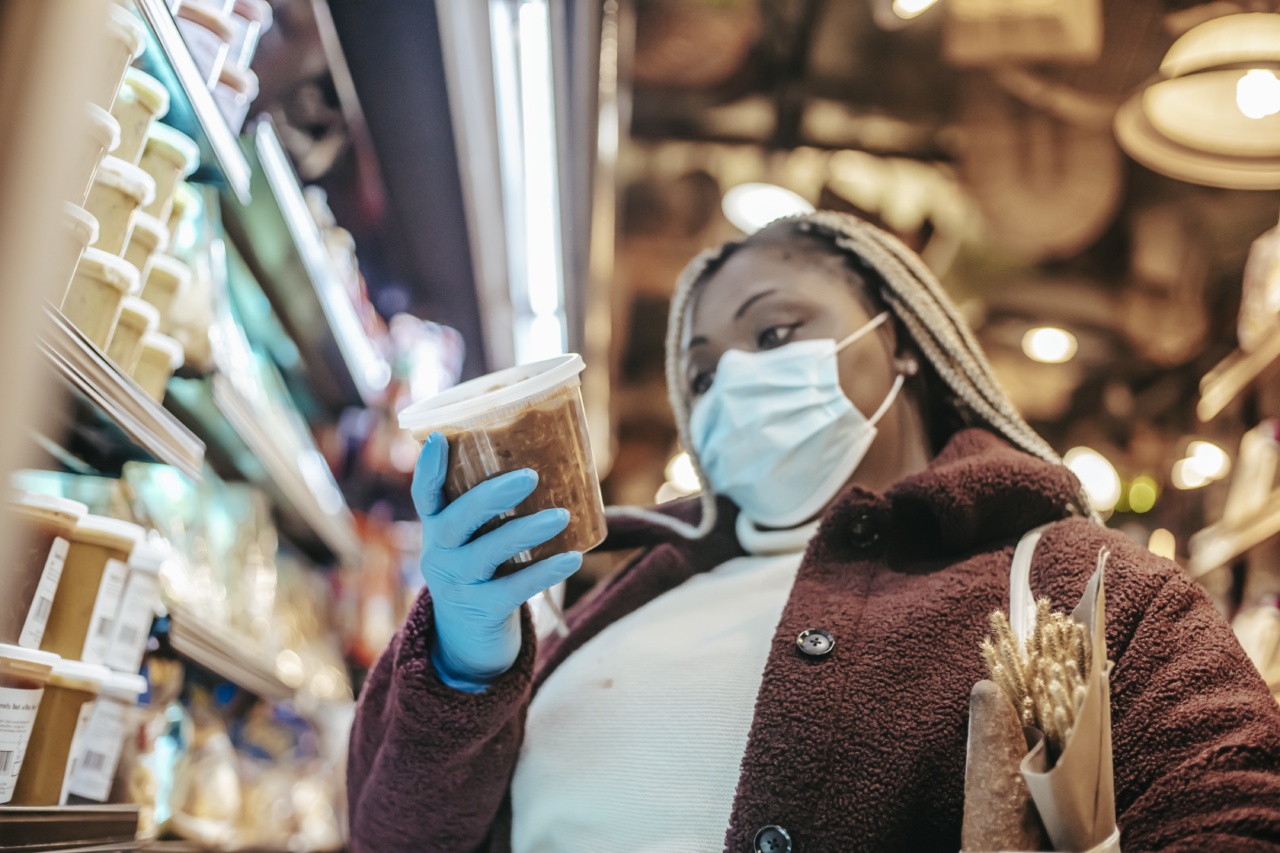Salmonella is a type of bacteria that can cause food poisoning. This can happen when people eat food that has been contaminated with this bacteria. The symptoms of salmonella infection include diarrhea, stomach cramps, and fever.
The worst cases can be fatal, especially in young children, elderly people, and people with weakened immune systems.
What Foods are Most Likely to be Contaminated with Salmonella?
There are certain types of foods that are more likely to be contaminated with salmonella. These include:.
- Raw or undercooked eggs
- Raw or undercooked chicken
- Raw or undercooked meat
- Unpasteurized milk or dairy products
- Fruits and vegetables that have been contaminated with animal feces
How Does Salmonella Get into Food?
Salmonella can get into food in several ways. One way is through cross-contamination. This happens when raw meat, poultry, or eggs come into contact with ready-to-eat foods.
For example, if you use the same cutting board for raw chicken and then cut vegetables without washing the board first, the vegetables can become contaminated with salmonella.
Another way salmonella can get into food is through contaminated water. Fruits and vegetables can become contaminated if they are irrigated or washed with water that has salmonella in it.
Salmonella can also be present in the intestines of animals, including chickens and cows. When the animals are slaughtered, the bacteria can contaminate the meat.
This is why it is important to cook chicken and other meats to the appropriate temperature to kill any bacteria that may be present.
How Can You Prevent Salmonella Infection?
There are several things you can do to prevent salmonella infection:.
- Cook meat, poultry, and eggs thoroughly. Use a food thermometer to make sure the food has reached the appropriate temperature.
- Wash your hands and surfaces frequently. This includes washing your hands before and after preparing food, after handling raw meat, and after using the bathroom.
- Avoid cross-contamination. Keep raw meat, poultry, and eggs separate from ready-to-eat foods, and use separate cutting boards and utensils for these foods.
- Avoid unpasteurized milk and dairy products. Always choose pasteurized milk and dairy products to reduce the risk of salmonella infection.
- Avoid food that has been recalled. If there is a salmonella outbreak linked to a particular food, it will likely be recalled by the manufacturer or the government.
What Should You Do if You Think You Have a Salmonella Infection?
If you think you have a salmonella infection, it is important to seek medical attention right away. Your doctor can diagnose the infection and provide you with the appropriate treatment. In most cases, salmonella infection can be treated with antibiotics.
It is also important to drink plenty of fluids to avoid dehydration.
If you have a salmonella infection, it is important to avoid preparing food for others until you have fully recovered. This will help prevent the spread of the bacteria to others.
The Bottom Line
Salmonella is a serious infection that can cause food poisoning. It can be found in certain types of food, including raw or undercooked meat, poultry, and eggs, as well as unpasteurized dairy products.
To reduce your risk of salmonella infection, it is important to cook food thoroughly, wash your hands and surfaces frequently, and avoid cross-contamination.
If you think you have a salmonella infection, seek medical attention right away. With the appropriate treatment, most people recover from salmonella infection within a week. However, in some cases, the infection can be severe and even life-threatening.



























